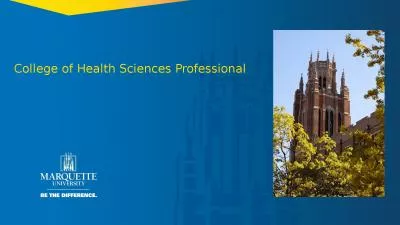PPT-First Aid Health Sciences 2
Author : pamella-moone | Published Date : 2019-06-22
Chapter 16 Created by Dana Cashion 161 Providing First Aid Immediate care given to the victim of an accident or illness to minimize the effect of injury or illness
Presentation Embed Code
Download Presentation
Download Presentation The PPT/PDF document "First Aid Health Sciences 2" is the property of its rightful owner. Permission is granted to download and print the materials on this website for personal, non-commercial use only, and to display it on your personal computer provided you do not modify the materials and that you retain all copyright notices contained in the materials. By downloading content from our website, you accept the terms of this agreement.
First Aid Health Sciences 2: Transcript
Download Rules Of Document
"First Aid Health Sciences 2"The content belongs to its owner. You may download and print it for personal use, without modification, and keep all copyright notices. By downloading, you agree to these terms.
Related Documents

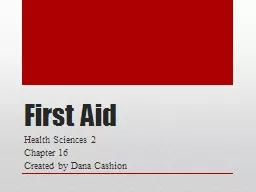
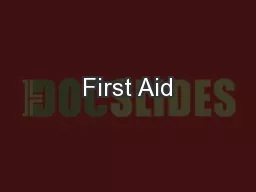
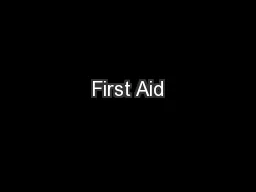
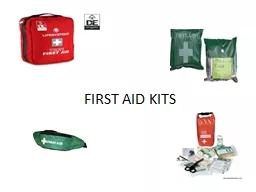
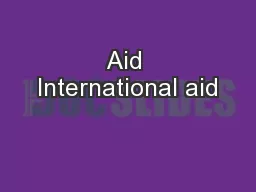
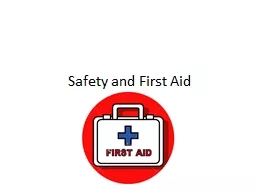
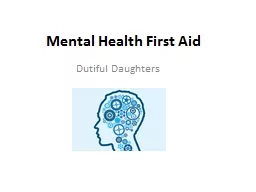
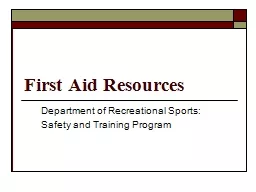

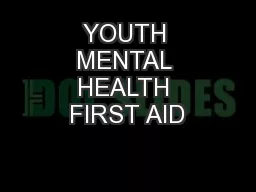
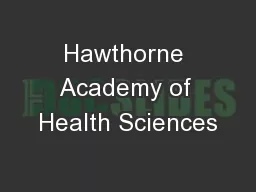
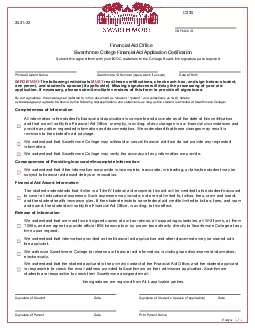
![[READ] - First Aid for the Basic Sciences: Organ Systems, Third Edition (First Aid Series)](https://thumbs.docslides.com/902869/read-first-aid-for-the-basic-sciences-organ-systems-third-edition-first-aid-series.jpg)
